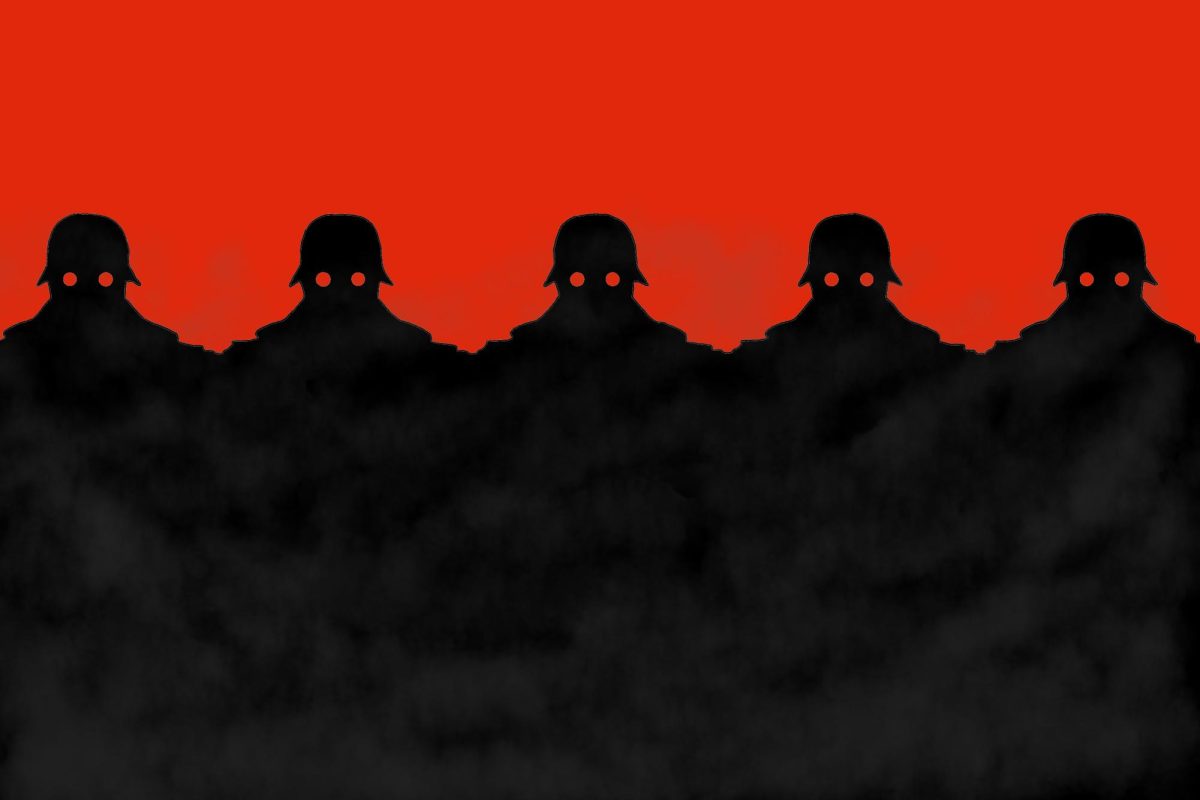Sometimes things don’t turn out the way they seem like they should. For example, a mouthwatering slice of pizza may end up being indigestion for the next two days. And, touching a seemingly harmless metal laptop in the cool, dry, air of winter may end up with a shocking result. There are so many things – and experiences – in the world that bring an unexpected downside. Or, in the case of Wolfenstein: Youngblood, bring nothing at all. Wolfenstein: Youngblood, released in 2019, expands on the 40-year-old Wolfenstein franchise, but doesn’t really add anything meaningful at all.
One of the primary challenges of any addition to a long-running franchise is keeping with the story while also creating a new, entertaining, experience. The Wolfenstein series is characterized by plain Nazi slaughter. Originally, this was achieved through segmented arcade games, but with recent games, Wolfenstein has taken a first-person-shooter approach. This didn’t affect the joy of shooting Nazis. For example, Wolfenstein II: The New Colossus in 2017 successfully kept the vibe of Nazi-blasting while also transitioning the series into a modern shooter format, with a story, bosses, and cutscenes.
However, Wolfenstein: Youngblood doesn’t quite maintain that standard. The story revolves around the daughters of the original Wolfenstein protagonist: William “BJ” Blazkowicz (hence the “youngblood”). Born and raised in Texas, they are sent to Nazi-occupied France to find their father, who is missing in action. However, that isn’t apparent during the game. Instead, the player is just running around doing errands: capture a command post here, rescue a civilian there. While that isn’t a recipe for a bad game, it doesn’t advance the story and doesn’t provide a clear objective of rescuing the father.
But, it’s also important to analyze what the game does do, and not just focus on what it lacks. To its credit, the formula of hodgepodge missions and detached storylines isn’t bad, per se. Marvel’s Avengers did it, and that game was… fine. And while Wolfenstein: Youngblood didn’t quite feel Wolfenstein-ish, it was certainly a game that had effort put into it. The skill tree (an upgrade progression that grants the player new abilities) is decently well thought out, and it’s cool to sprint into a Nazi and watch them evaporate into a mist. Youngblood’s graphics aren’t the worst either, holding an animated feel while still making the characters and scenery look realistic.
Speaking of characters, that’s what the people in Wolfenstein: Youngblood were: just characters. While it would make sense to have a main character in a game who is somewhat relatable, with their flaws and their journey to fix them, the protagonists in Youngblood – Soph and Jess – didn’t seem like that. Raised to be ruthless Nazi hunters like their father, and armed with super suits, there doesn’t seem to be anything that can stop them when they arrive in France to find their father. In a typical narrative, this would be when they encounter their first setbacks – they aren’t ready for the horrors of conflict, they aren’t mentally prepared to fight under pressure, or something else. But this is not the case, as there is no development in the storyline, save for the skill tree. So, they can arrogantly barrel through France, laughing right back at the generic, evildoer, Nazi bosses that dare stop two twin sisters with machine guns.
And so, with Wolfenstein III in the works, it’s important to remember Wolfenstein: Youngblood. Its steamroller protagonists, run-of-the-mill villains, and un-Wolfenstein feel will hopefully serve as a reminder of what not to do for the next game. After all, the only way to prevent history from repeating itself is to learn from it, otherwise, the next Wolfenstein may bring nothing but an empty expansion, or perhaps even worse, something that doesn’t turn out as it should.



